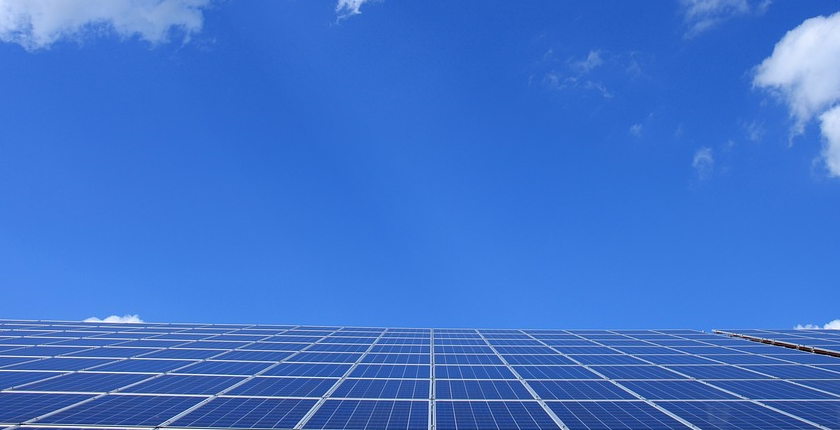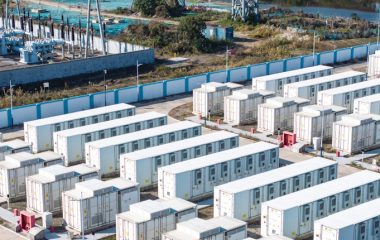
Photo: andreas160578 on Pixabay
The Greek government has set a new goal to keep only serious and experienced investors in the project pipeline, by cleaning up the list of permits and promoting more energy storage at the same time.
Prime Minister of Greece Kyriakos Mitsotakis said in September that the country is on track to achieve its 2030 goal in terms of renewables installations. However, given the high number of licenses and applications, he expressed support for the initiative to keep only the projects that have a high chance of being realized and remove the rest from the list of connection terms.
“We aim to add 2 GW of renewables just this year and we continue to invest in the development of the grid. This makes us leaders in Europe on this front”, said Mitsotakis.
As part of the mandate, the Ministry of Environment and Energy started to prepare a new law with the transmission and distribution system operators, HEDNO and IPTO, with the aim to set stricter timetables for investors. In case they do not follow them, they are going to lose their connection terms.
It should be noted that right now Greece has about 10 GW of installed renewable capacity, of which 5.5 GW is on the distribution grid and the rest is connected to the transmission network. The new National Energy and Climate Plan (NECP) is expected to target a total of 25 GW by 2030, in order to reflect the goals from the European Union’s REPowerEU plan. There is already about 11.5 GW in projects with connection terms in Greece, which means that only about 3 GW more is available for the rest of the decade.
It is also doubtful whether all the 11.5 GW in the existing investment pipeline will be implemented. Since there is limited space in the country’s transmission and distribution grids, the government wants to make sure it is not wasted.
Energy storage to increase based on PPAs
Another aspect of Greece’s effort in renewables is storage. According to IPTO’s Vice Chairman Ioannis Margaris, if renewable energy capacity surpasses 25 GW, then significant curtailment is expected, which would make new projects unsustainable for investors. Therefore, energy storage must be a part of the solution and this is why the NECP will include a goal of 2.5 GW to 3 GW for storage projects.
Furthermore, the energy regulator plans to proceed within the next few months with an auction for renewable energy projects combined with storage. It will be the beginning for the storage sector, together with Terna’s large 680 MW pumped hydropower project in Amfilochia, which is at an advanced planning stage and got EU support.
Energy storage needs to be expanded to 5 GW
Professor Pantelis Kapros from the National Technical University of Athens said recently the 3 GW would not be enough and that storage capacity must be increased to at least 5 GW by 2030, citing his lab’s latest analysis. He added all storage plants would be uneconomical in the medium and long term, claiming they instead need to be based on bilateral, power purchase contracts (PPAs) to succeed. Also, some form of public support will be required, although it should not be excessive.
National energy plan facing ever more delays
This week it became known that EU member states are pushing to scrap the 45% renewables target set for 2030 in REPower EU, which the European Commission presented in May. The idea was to upgrade the goal from 40%, set under the Fit-for-55 package, However, given the new circumstances in the market, the new plan was met with resistance by member states, Euractiv reported, citing proposed amendments.
It means that national energy and climate plans (NECPs) that were being revised this year to reflect REPowerEU now may have to be reexamined once again.
In Greece’s case, the NECP has been revised multiple times already, without being finalized. First it had to take into account the decommissioning of lignite plants by 2025, then it had to add provisions for offshore wind farms and then the new 45% renewables goal, which translated to 25 GW of green capacity in the country by 2030. If the European goal changes again, the NECP will have to be postponed once more.


















Be the first one to comment on this article.